Dublin-based drone delivery startup Manna has announced a fresh $30 million funding round, valuing the company at over $150 million, while making the bold claim that it’s the only drone delivery service currently turning a profit on each delivery.
The company, which primarily delivers coffee and other small items in select Dublin suburbs, is challenging industry giants like Amazon, Alphabet’s Wing, and Zipline despite having raised only a fraction of their investment—$60 million total compared to the hundreds of millions poured into its competitors.
How Manna Achieves Operational Efficiency
Manna’s approach reportedly hinges on three key factors: an efficiently designed aircraft, minimal staffing requirements, and a proven safety record with regulators.
The company’s delivery system operates from strip mall parking lots, where two drone landing pads occupy about five parking spaces. When local businesses receive orders, staff bring merchandise to Manna’s loading area, where it’s placed into a removable cargo bin that also contains the drone’s battery.
This “hot swapping” battery design represents a significant operational advantage. According to CEO Bobby Healy, this enables each Manna drone to complete eight deliveries hourly within a three-mile radius, compared to competitors’ 1.4 deliveries per hour due to longer recharging times with integrated battery packs.
The staffing model is equally lean. A single Manna employee loading cargo at an eight-aircraft base can handle 25-30 deliveries hourly with a 60-second turnaround time. The drones fly autonomously, with remote monitoring allowing a single headquarters staff member to oversee up to 20 aircraft simultaneously.
Cost Efficiency and Market Potential
This operational efficiency has driven Manna’s delivery costs down to approximately $4 per delivery, with Healy projecting a potential $1 per delivery at scale, reports Forbes. By comparison, McKinsey estimates that traditional ground delivery of a single package over five miles costs between $9-11.
Despite completing only 200,000 deliveries since launching in 2020—significantly fewer than Zipline’s 1.4 million or Wing’s 450,000—Manna claims strong market penetration, with 42% of households in its service areas having used the service at least once. These numbers suggest substantial growth potential as the company expands its coverage.

Expansion Plans and Regulatory Challenges
Manna is currently focused on scaling its operations, with plans to expand from three to eleven drone bases in Dublin suburbs this year, potentially serving a population of 1.1 million. This expansion could help the company achieve an annual delivery rate exceeding 1.5 million—a volume no competitor has yet reached.
The company is also growing its presence in Finland, where it currently completes approximately 100 deliveries daily in Espoo, and plans further European expansion.
Notably, Healy cites the European Union’s unified regulatory framework, implemented in 2023, as a significant advantage over the U.S. market. He claims American regulatory delays put U.S.-based operations at a “three-year minimum disadvantage” compared to Manna’s European operations. While Manna has tested operations in Dallas suburbs alongside competitors, the FAA’s case-by-case approval system for drone delivery trials has limited American market development.
Technical Specifications and Partnerships
Manna’s in-house developed delivery drone can carry up to eight pounds of cargo and operates at approximately 250 feet altitude. At this height, Healy claims the drone is quiet enough that “if you don’t look up, you don’t hear it.”
To accelerate growth, Manna is focusing on partnerships with delivery apps rather than signing individual retailers. The company has announced deals with Wolt (DoorDash’s international arm) and Just Eat, with another major delivery app partnership reportedly close to completion. These partnerships will place Manna on three of the five largest delivery platforms, potentially providing access to billions of annual deliveries.
Industry Outlook
Robin Riedel, co-head of McKinsey’s Center For Future Mobility, predicts significant expansion for drone delivery in the coming years. Contrary to Healy’s assessment, Riedel doesn’t view U.S. regulation as the primary barrier, suggesting instead that “it’s much more how do you build an operating model that can scale and then actually rolling it out.”
DroneXL’s Take
Manna’s approach demonstrates that drone delivery may not be a game won solely through massive capital investment. The company’s focus on operational efficiency, battery swapping technology, and strategic partnerships offers an intriguing alternative path to profitability in this nascent industry.
While industry giants continue to invest heavily in their own approaches, Manna’s claimed per-delivery profitability warrants attention from industry observers. If its expansion plans succeed, Manna could potentially establish itself as the volume leader in a market still searching for its first breakout success story.
The contrast between European regulatory progress and American caution also highlights how policy frameworks can significantly impact technological adoption rates, potentially creating lasting regional advantages in emerging industries.
Photos courtesy of Manna Aero.
Discover more from DroneXL.co
Subscribe to get the latest posts sent to your email.
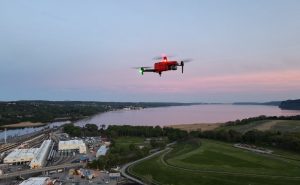
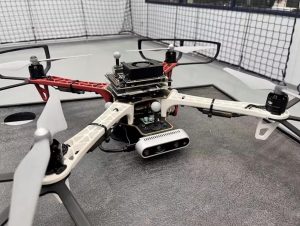

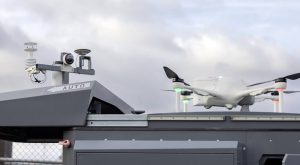




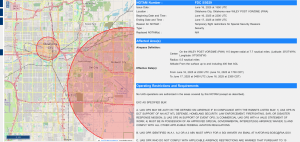
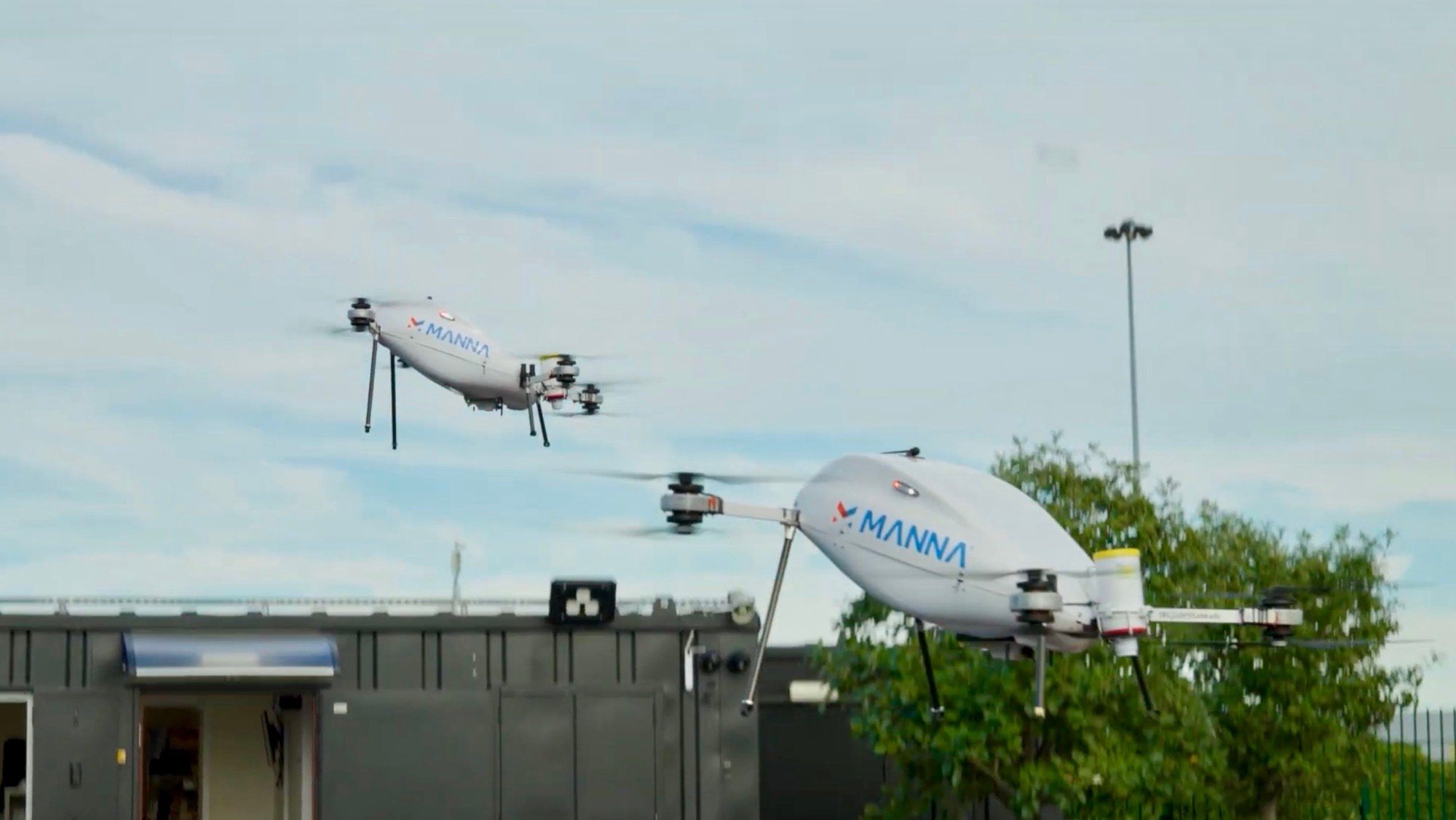


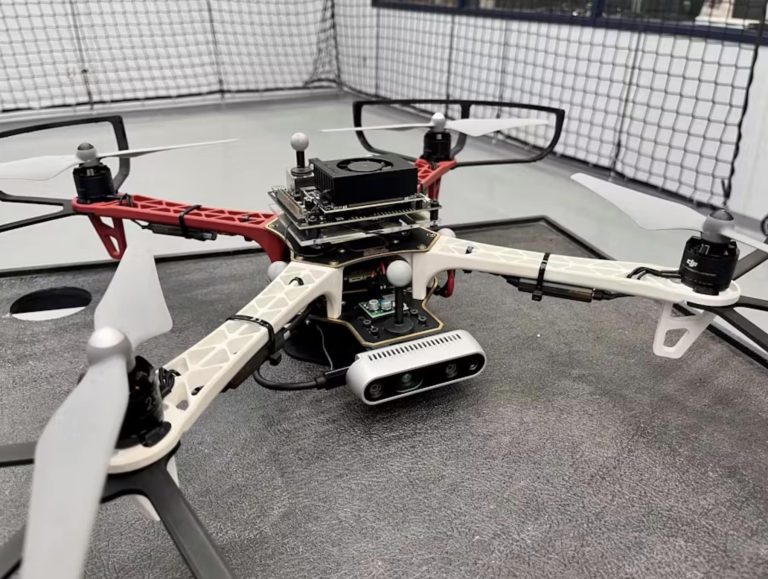



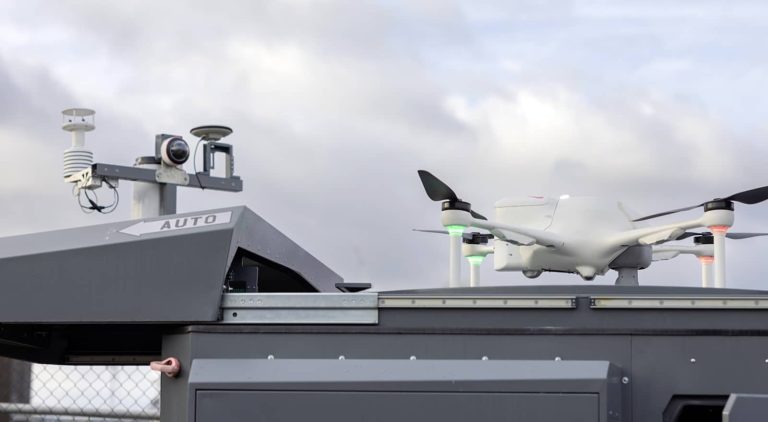
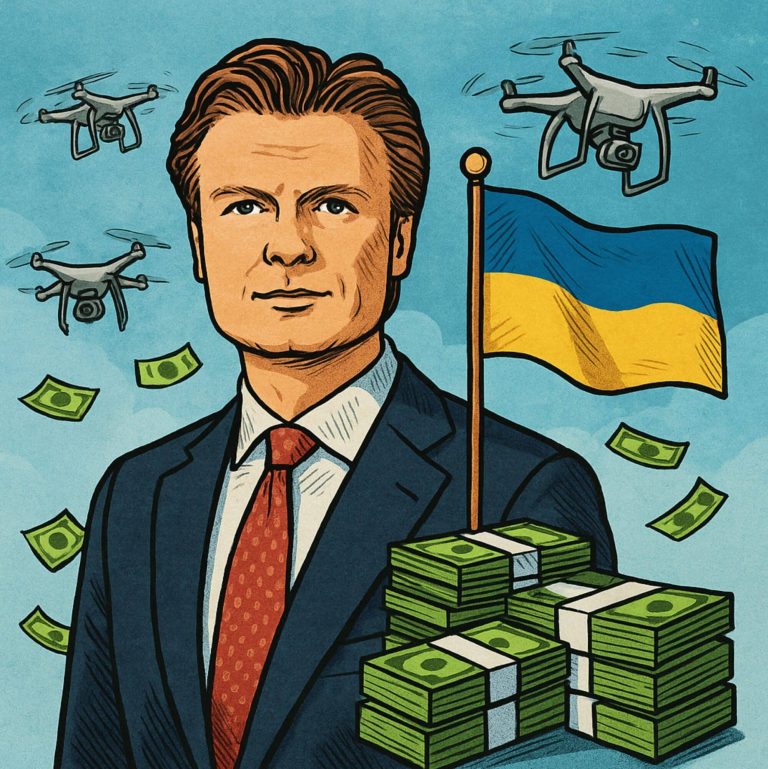

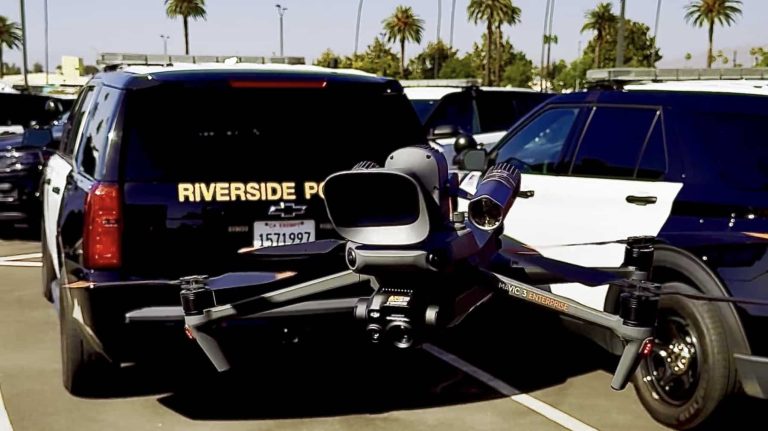

+ There are no comments
Add yours